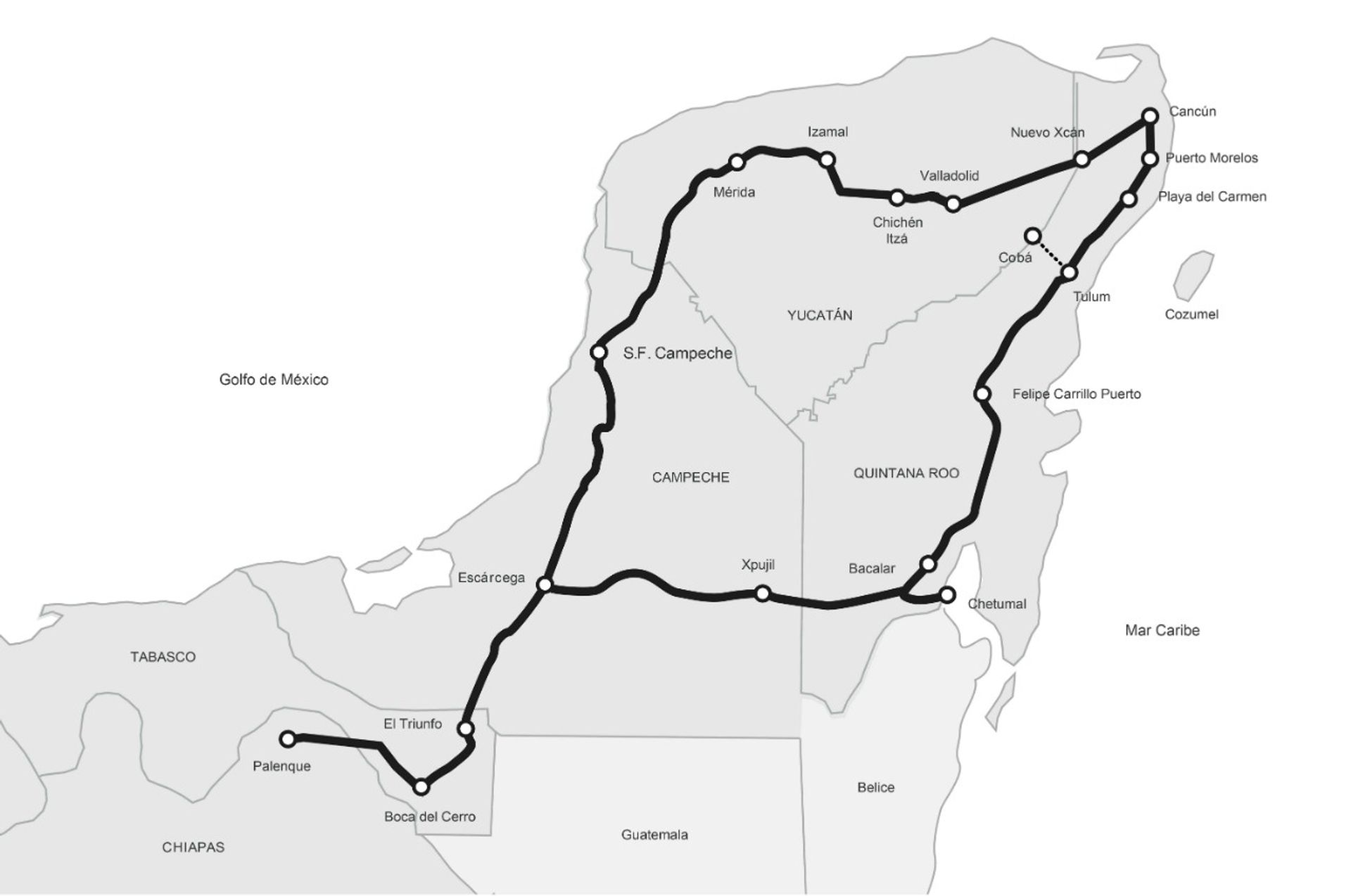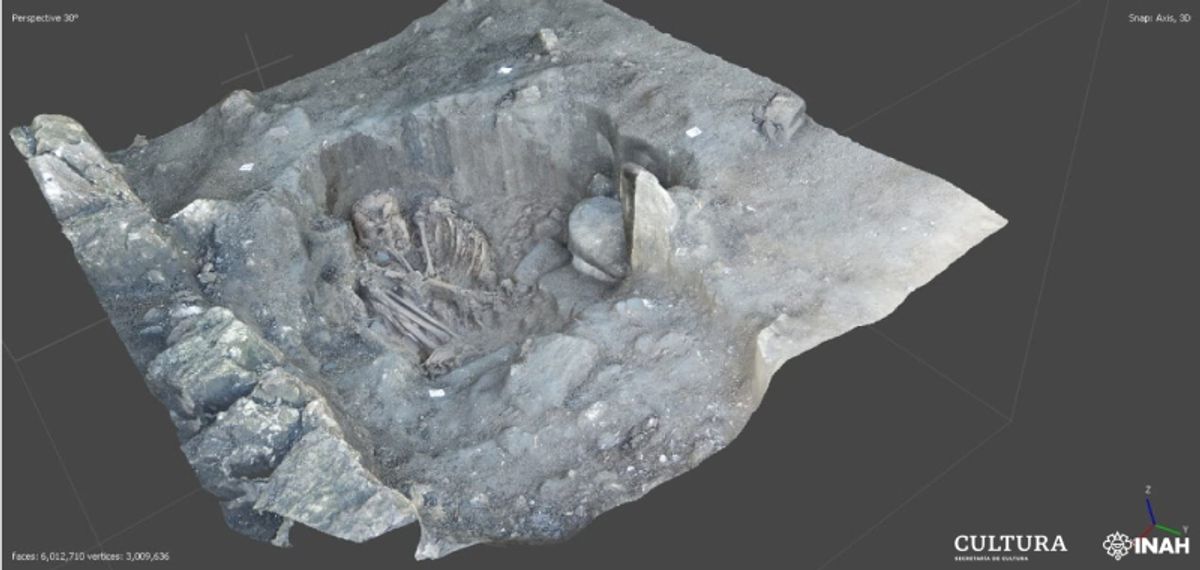A total of 2,482 artefacts and burial grounds dating back to 700 BC have been identified on the route of a controversial Mexican railway development.
The high-speed Maya Train line is envisioned to stretch across 1,500 km and connect several archaeological zones in the Yucatán Peninsula, from Palenque in Chiapas to Cancún in Quintana Roo.
The announcement followed years of protests and legal injunctions against the project from local communities, more than 50% of which are Indigenous Mayans.
The initial risk assessment—conducted by the The National Institute of Anthropology and History of Mexico (INAH) and using laser topographic scanning and other non-invasive techniques—lasted around five months, during which archaeologists unearthed complex stone and clay architecture and mounds, ceramics, ceremonial and burial vessels and other objects dated from 700 BC to 850 AD between Palenque and Escárcega in Campeche.
Most of the findings were discovered in the Tenosique region in Tabasco. Archeologists also identified two areas in Tenosique and on the riverbank of Boca del Cerro containing around 80 burial sites that, in some cases, revealed cranial deformations that would indicate high religious or political status in Mayan society.

The Maya Train line is envisioned to stretch 1,500 km Photo: Wikimedia Commons
The INAH received a substantial $42bn grant from the Mexican government this summer to research archaeological sites that could be impacted by the train line.
Locals have claimed that INAH and the National Fund for Tourism Development, which is also overseeing the project, were not disclosing their findings, process and impact, and allege that some who worked on the construction sites suspect that looting was commonplace.
In addition to the new findings, archaeologists have recorded around 14,000 artefacts since the train line broke ground in 2018. But the project has progressed without major alterations to the route.
Some of the grant is being used to boost conservation of existing sites and to renovate facilities and museums, as well as open areas that were previously inaccessible to the public along the route.
The train line is due to have 30 stops, including 19 new stations, and estimated to cost between $6.5bn and $7.2bn, which the Mexican government is funding with a tourism tax levied from the Yucatán region, as well as a 650% budget increase for the tourism sector this year, of which 95% is being allocated to the train line.


